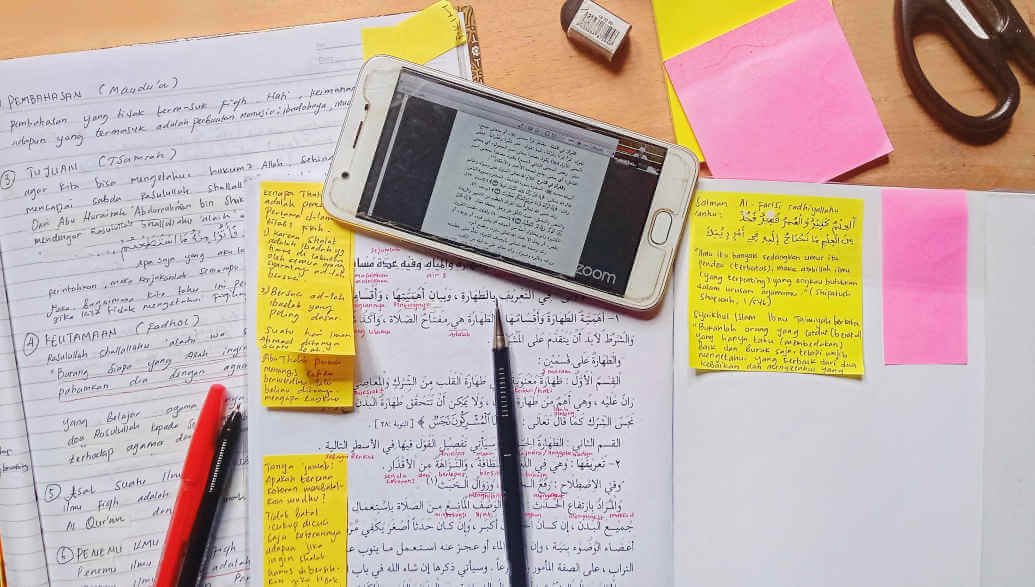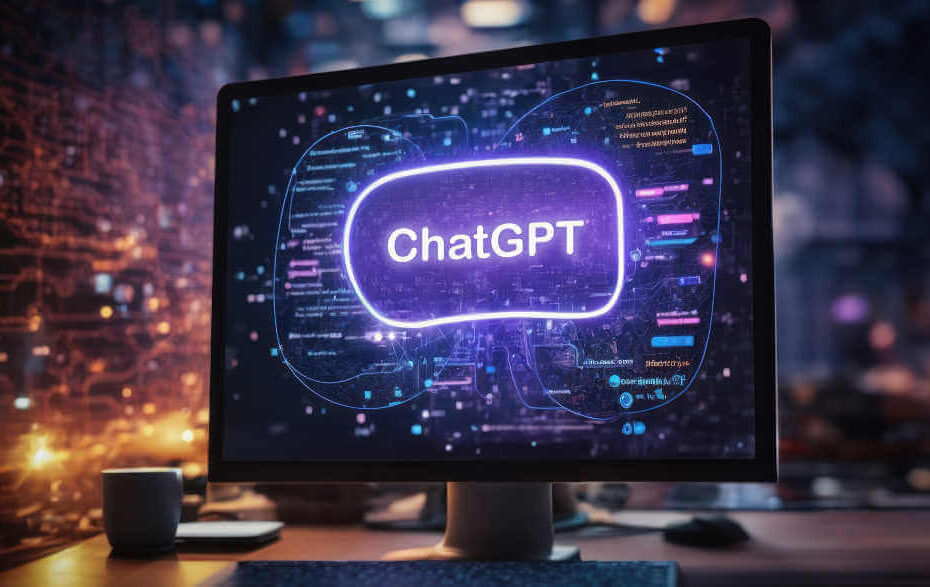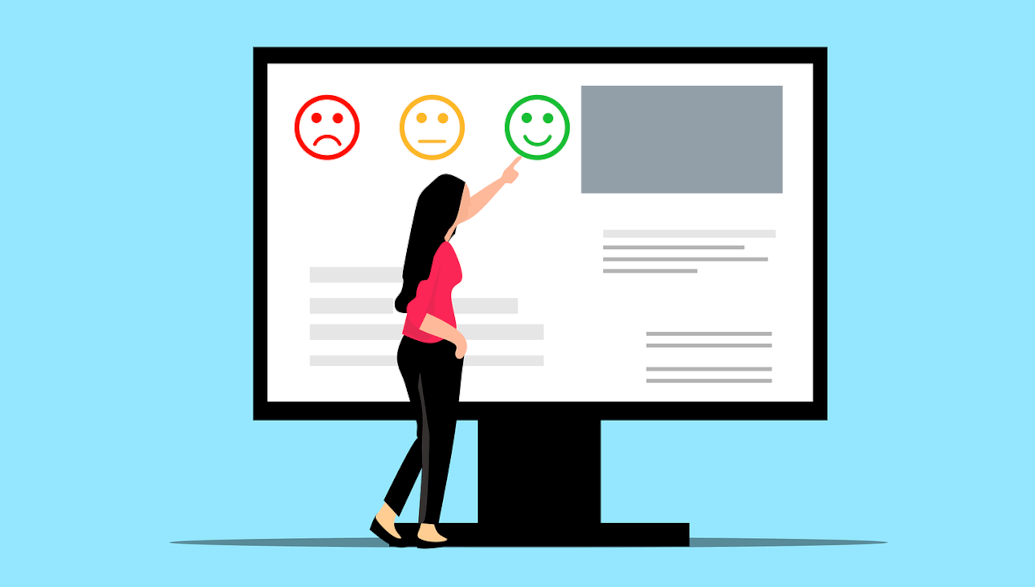ChatGPT for tutors offers numerous possibilities and advantages. For example, you can plan your lessons with ChatGPT and create assignments with ChatGPT. The ChatGPT application is not only a valuable tool for you as a tutor, but also for the students.
What is ChatGPT?
The ChatGPT app is a chatbot that creates human-like texts. The chatbot (“Generative Pre-trained Transformer”) is an artificial intelligence application that continuously acquires additional knowledge through ongoing external input.
The ChatGPT application was developed by the US company OpenAI and was released at the end of November 2022.
In addition to learning content based on text material, the ChatGPT bot is also constantly acquiring further skills, for example via
- conducting dialogs,
- the correction of grammar,
- summarizing texts and
- the creation of text editions in different languages.
ChatGPT for tutors: how artificial intelligence can help you with tutoring
The “Generative Pre-trained Transformer” supports you as a tutor in many ways. The AI application helps you to continuously improve the quality of your tutoring, but also to increase the efficiency of your lessons.
Ensure and improve the quality of tutoring: ChatGPT use cases
Ensure the quality of your tutoring with the ChatGPT app and use the AI for continuous improvement.
Creating a lesson plan
Create a lesson plan with ChatGPT support – in coordination with the curriculum that applies to your tutoring student.
Example of a ChatGPT input command (“Prompt”):
“Create a curriculum for the subject German for a 7th grade tutoring student.”
The AI then develops a curriculum structured according to weekly periods to which you can align your tutoring.
Planning lessons with ChatGPT: Developing strategies for teaching a group of tutoring students
If you teach tutoring students as a group rather than one-to-one, then you will certainly be interested in how you can optimize your lessons despite the often differing abilities of the individual students. ChatGPT can help you develop suitable teaching strategies:
“Create strategies for teaching a group of tutoring students that allow all students to be included and individually supported.”
The application now develops a variety of starting points for optimizing group lessons – from an individual strengths and weaknesses analysis to be carried out first, to the approach in lessons (e.g. small group work or individually tailored tasks) and regular feedback (especially motivating praise), to support offers outside of tutoring sessions and the involvement of parents.
Create tasks with ChatGPT

The ChatGPT AI helps you to create learning tasks that are precisely tailored to individual tutoring students, for example to prepare for a class test (school assignment) or to deepen specialist knowledge in certain subject areas.
Application examples:
Creating tasks for exam preparation: “Put together exam questions on trigonometry.”
The ChatGPT application also explains solutions for certain tasks in detail, for example for the following input command: “Why is the following statement true: tan(x) = sin(x) / cos(x).”
Check students’ understanding of a particular subject area
A multiple choice test developed by the ChatGPT app gives you a quick impression of how deep your tutoring students’ understanding of a particular problem or subject area is already developed.
Example of a corresponding ChatGPT work order:
“Please create six multiple-choice questions on geometry to check the understanding of the tutoring students.”
Explain technical vocabulary: have ChatGPT create a subject-specific glossary
ChatGPT provides you with a glossary of the most important technical terms in a subject area, which you can make available to your tutoring students as a working aid.
Possible input command:
“Create a glossary of the most important technical terms in the field of ecology for 8th grade students in Baden-Württemberg.”
The ChatGPT response now lists the basic technical terms and includes a definition of each term. The AI program sometimes points out (for example by using the subjunctive mood) that the AI program has only developed a suggestion that should be verified by the user for accuracy. So check a glossary suggestion from the ChatGPT AI and modify it if necessary.
Planning lessons with ChatGPT: Individualization of learning material and learning tasks
With ChatGPT Help, you can customize the curriculum for your tutoring students. All that is required is that the AI receives information about the learning behavior of the individual students.
If you want to create tasks that are adapted to the individual performance of students, give ChatGPT the following input instructions, for example:
“Create a curriculum for a 6th grade student with a reading and spelling disability.”
or something more special: “Create German exercises for a dyslexic who is in 6th grade.”
ChatGPT then creates tasks, for example, that use a short text to test reading comprehension, consolidate or expand vocabulary, check spelling and grammar, promote language comprehension using a cloze text and encourage creative writing.
Another subject example: “Create physics assignments for an advanced 9th grade student.”
ChatGPT then creates challenging tasks in the fields of mechanics, electricity, optics, thermodynamics, nuclear physics, gravitation and electromagnetism.
ChatGPT for tutors: gradually developing more and more challenging tasks for tutoring students
Use ChatGPT to gradually develop increasingly challenging tasks for your tutoring students – in line with their learning progress. Always make sure that the tasks set are challenging enough, but that they are actually solvable for your students.
The in-depth study and specialization within a subject area can be continued as desired:
“Create physics assignments on thermodynamics for an advanced 9th grade student.”
The ChatGPT AI now provides tasks on ideal gases, heat capacity, Carnot heat engine, phase transitions, adiabetic expansion, entropy change and the Joule-Thomson effect.
When entering the request “Create physics problems on heat capacity for an advanced 9th grade student.” ChatGPT goes into more detail accordingly.
ChatGPT use cases: Sample solutions for specific work tasks
The ChatGPT AI not only creates work tasks, but also provides detailed instructions on how to solve a task and the solution path on request. For example, you can give the application the following work order: “Please solve the following task: …”
Improve the writing skills of your tutoring students

Correct your tutoring students’ texts quickly and efficiently using ChatGPT – for example with regard to spelling, grammar, style or even text structure and organization. You can use ChatGPT AI for correction purposes for simple dictations as well as for translation tasks and foreign-language texts.
Application examples for possible input commands:
- “Correct the following text” and then enter the text to be corrected.
- “Translate the following text into French.” or, for example, “into Latin.”
- “Improve the writing style of the following text.” or “Revise the structure…”
If you not only want the text to be corrected, but also want the errors contained in the original text to be highlighted, then ask the AI app to do the following, for example:
“Correct the text and mark the errors: …”
ChatGPT for Tutors then creates the corrected text with the improved text passages highlighted in bold.
If you would also like an explanation of the corrections or the errors originally contained in the text (especially useful as feedback for your tutoring students), enter the following prompt, for example:
“Correct the text and list the errors.”
The AI app now not only provides the text marked in bold at the corrected points, but also adds a list to the answer in which the errors are explained individually.
Improve your students’ communication skills
ChatGPT also helps tutoring students to improve their communication skills – by formulating clear and precise sentences and by selecting appropriate and varied words.
Didactic questions for ChatGPT:
“What can I do to improve the communication skills of my tutoring students?” or
“How do I motivate tutoring students to use a varied language?”
Search for a word that is as accurate as possible or provides more variety:
“What are the synonyms for “essay”?”
Search for criteria for comprehensible or appropriate formulations:
“What is important for a comprehensible formulation?”
or
“Is this text comprehensible enough?” Attach the text to be examined to the question. The ChatGPT application then provides an assessment, for example, of the target groups for which the text appears appropriate and for which target group certain changes may need to be made.
ChatGPT’s artificial intelligence answers your technical questions as well as those of your students. Tutoring students therefore understand the subject matter faster and better with the help of the ChatGPT application. ChatGPT for tutors answers specific questions about facts as well as complex problems. The AI’s support for tutoring students means a considerable reduction in time and content for you as a tutor.
ChatGPT use cases for individual facts:
“What does the theorem of Phytagoras say?” or
“When did the Thirty Years’ War take place?”
or more complex problems:
“What are the pros and cons of keeping animals in zoos?”
Since ChatGPT can also provide incorrect answers and facts, it is always important to check the answers and facts for accuracy.
Encourage critical and problem-solving thinking in tutoring students
Encourage your students to self-reflect and think in a problem-solving way. For example, ask the students the question
“How could you use the knowledge you have acquired so far (in a specific subject area) to tackle future tasks?”
Compare the student answers with the solution that the AI presents to the same question and discuss similarities and differences with your tutoring students.
Create an evaluation grid for tutors with ChatGPT
An evaluation scheme created by the ChatGPT AI allows tutoring students to assess their own performance based on feedback received and make improvements for the future.
The AI app develops such an evaluation scheme according to the following input question, for example:
“Create questions and tasks that tutoring students can use to classify and evaluate the feedback they receive (on a specific task).”
The app now lists questions that are aimed in particular at self-reflection and the feedback received. Among other things, the areas in which a tutoring student recognizes a need for improvement and measures with which the student believes they can achieve improvements are questioned.
Ways to determine the learning progress of your tutoring students
If you wish, ChatGPT will show you procedures that you can use to determine the learning progress of your tutoring students more precisely.
“How can I best recognize the strengths and remaining weaknesses of tutoring students?”
The ChatGPT application provides many valuable tips on how you as a tutor can get a better picture of a student’s strengths and weaknesses profile. In addition to the possibility of a personal interview and an insight into previous school performance, this also includes self-assessment forms, work samples, standardized tests as well as parent and teacher interviews.
The software also creates tasks for you that you can use as part of a written review of your tutoring students’ performance.
Possible prompt:
“Generate tasks that can be used to determine the knowledge of the tutoring students about the French Revolution.”
ChatGPT help with time management: save time and gain efficiency

The ChatGPT app also helps you to improve the efficiency of your tutoring by simplifying your work as a tutor and saving you a lot of time. You can use the time you have freed up to focus more on tutoring, provide individual support to your tutoring students or gain additional free time and relaxation periods for yourself.
Prepare lessons efficiently with ChatGPT AI
The ChatGPT app supports you in preparing your private lessons – for example by creating questions and worksheets.
Application examples for ChatGPT input commands: “Create four questions about German literature.” or “Create a worksheet on Goethe’s Werther.”
The application now develops a detailed worksheet with numerous tasks – for example a short summary, character analysis and quotation analysis as well as on the Sturm und Drang period -, assigns the student additional research tasks, provides starting points for a discussion as part of group work or gives specific homework.
Support with the preparation of presentations
ChatGPT for tutors generates suggestions for presentations, selects relevant information on request and also helps with structuring presentations and papers.
Possible ChatGPT use cases:
“I’m looking for ideas for a presentation on the topic of tutoring.” or
“I need information about Ghana.” or
“How should I structure a presentation on the Vikings?”
The AI helps tutoring students to find information on specific topics and provides them with relevant web links and sources:
“Give me sources / web links on the subject of Henry IV.”
All this ChatGPT help for tutors and tutoring students is available at any time – around the clock and every day of the week.
ChatGPT for tutors: What you should look out for when using ChatGPT
All new technologies have limits and also harbor risks.
- Artificial intelligence tools such as the ChatGPT app tend to be repetitive in the long run and will therefore never be able to fully replace a creative human tutor.
- The ChatGPT AI can only take into account the information that was previously entered into the application. In addition, the ChatGPT information status never extends all the way to the present, which the application itself always explicitly points out in its responses.
- You should also critically check every piece of ChatGPT information issued. The AI application sometimes gives different answers to even minor changes to an input command. Sometimes an incorrect fact or even an opinion is presented as fact by the ChatGPT application. Modified control input commands or a parallel search in another search engine provide security in cases of doubt.
Related Article: Which learning method is most effective?



